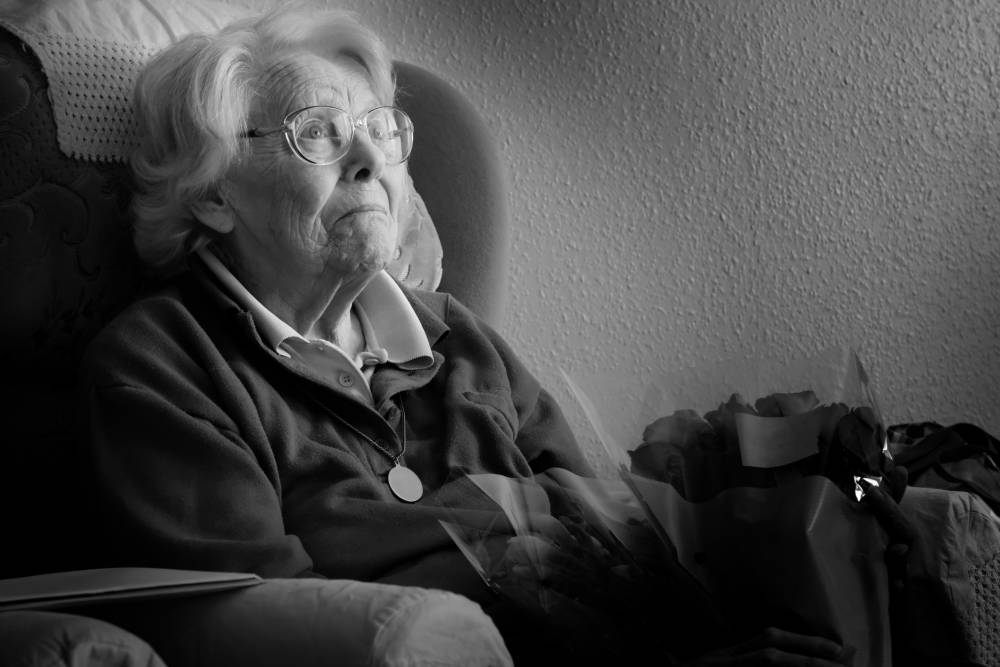
The Royal Commission into Aged Care Quality and Safety has released two research papers that compare the Australian aged care system to the equivalent systems in other countries.
One report looked at the structure of aged care systems in countries across the globe, while the other looked at the feasibility and satisfaction associated with innovative models of care.
Both reports were written in collaboration with Flinders University.
‘Review of international systems for long-term care of older people’ compares Australia’s aged care system to the systems in Argentina, Brazil, Canada, Denmark, Germany, Indonesia, Japan, Republic of Korea, Mexico, the Netherlands, New Zealand, Poland, Russia, Singapore, South Africa, Sweden, Switzerland, Thailand, England, the United States and Vietnam.
The report reveals Australia spends only 1.4 per cent of GDP on long-term care (LTC), compared with Denmark and Sweden, which each spend more than 4 per cent.
According to the report, “Denmark and Sweden are likely to have high-quality LTC-systems”. Both countries prioritise the care of their older citizens, and take a more local approach to care.
“Both countries fund LTC through local authorities with federal grants and local taxes… and have a focus on providing LTC in people’s homes.”
Sweden’s light-touch regulatory approach is possible through the country’s emphasis on professionalism and the use of clinical quality registers, for example dementia registers that link administrative data, allowing for benchmarking and transparency between facilities.
Sweden’s older population also appears to be happier than the equivalent Australian population. “A Commonwealth Fund survey of older people from 11 countries indicated that the proportion of respondents aged over 65 experiencing emotional distress was highest for Australia and lowest for Sweden.”
The report also reveals that Australia had the highest percentage of its population over the age of 80 living in residential aged care.
Almost 20 per cent of Australians over 80 live in residential aged care, compared with 7 per cent in Japan and 6 per cent in the United States.
We also have relatively lower staffing levels. Even the United States has higher numbers of nursing staff working in LTC.
“Australia appears to have overall total staffing levels and nurse workforce at the lower end of the range internationally,” the report states.
Aged and Community Services said the report is “an embarrassing wake-up call for Australia on funding and support.”
“Australia is at the bottom of the barrel when it comes to GDP spending on aged care,” said ACSA CEO, Pat Sparrow in a statement.
“That’s not just embarrassing, it should also be an urgent wake-up call for the economy and for people entering retirement who may need aged care within the next twenty years,” she said.
“The harsh reality is that despite Australia being a prosperous nation, we are falling behind because we don’t value older people enough.”
ACSA is calling for increased funding for aged care in the wake of research showing 51 per cent of aged care facilities are operating at a loss and Australians are waiting up to three years the receive the level of home care they need.
You can read the reports in full here on the royal commission’s website.
Image: John Gollop, iStock. Model is posed, stock image.
So, another report telling us what we already know!
Why is the federal government refusing to address the funding crisis?
They are not having any difficulty making aged care changes that exclude funding.
They have been using the Royal Commission as an excuse to exacerbate the situation by saying they have to wait for the outcome.
All lies. Again.
How can the government ignore such a large portion of the community? Is it because they assume they will be dead or cognitively incompetent soon & no longer a voter & therefore their needs no longer matter? We know that politicians can only see until the next election & anything beyond that is inconsequential as far as they are concerned so this lack of funding should not surprise us.
That sets it out quite nicely.
There is a structural funding shortfall and strongly increasing care need behind the care issues the Royal Commission is highlighting.
Realistically for any Govt, if they are to respond to the real need, it will need a period of increased Govt and resident funding contributions over some years. For all of us in the Aged Care sector, I hope the RC recommends good funding reforms that the Govt can get behind.